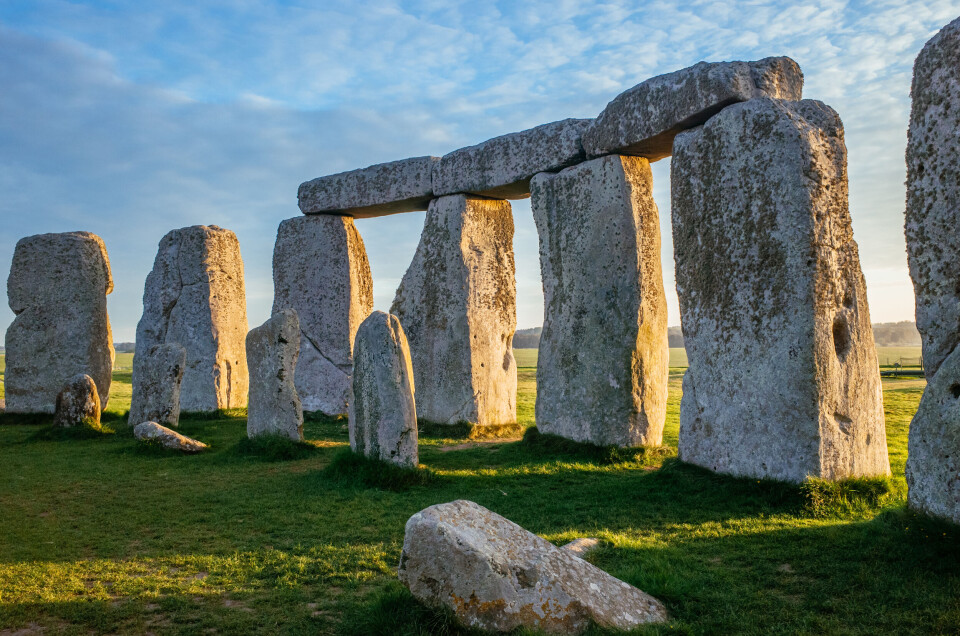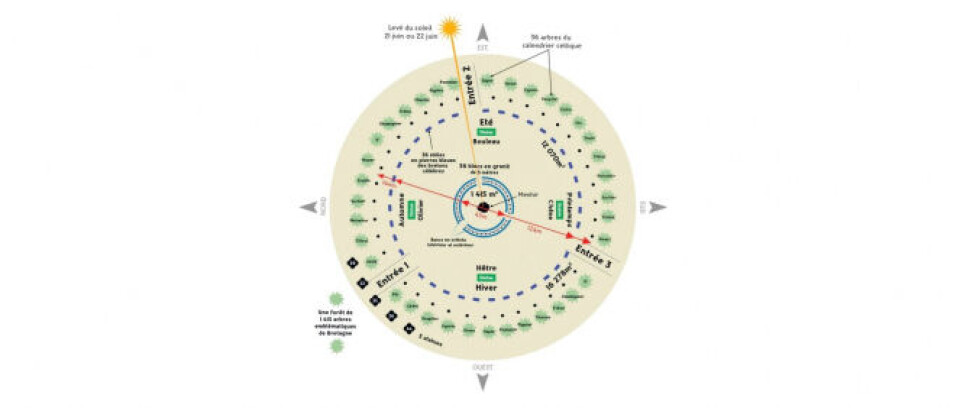-
Black history in Paris: the story behind Maison Noire Américaine
An American non-profit is illuminating the legacy and vibrant presence of African-Americans and the African diaspora in France
-
French woman given one-year sentence for hiring men to evict squatter
Homeowner from south-west found guilty by Bordeaux criminal court
-
Drinking tap water restricted for children in south-west France communes
Haute Garonne prefecture says the measure is precautionary and due to high chlorate levels
A new Stonehenge-like site set to be built in central Brittany
‘Megalithic practices must come back to where they originated,’ the co-founder of the association behind the project told The Connexion .

A Brittany association has unveiled plans for a local Stonehenge-like site as part of an architectural project aimed at celebrating the culture of the region and its people.
The Stone Breizh organisation has announced a project of the same name, which will be housed in Carhaix, a commune of 7,000 residents in the middle of Brittany (Finistère). It takes inspiration from Stonehenge, the emblematic megalithic monument located in Wiltshire, England.
The monument will be situated on a 25-hectare plot of land and will be characterised by three circles made of stones, pebbles, trees and artistic creations aimed at celebrating the riches of the territory. It will cover nearly 30,000m² according to the plans.
The project will be officially presented tomorrow Friday February 11 at 11:00 by Carhaix’s mayor, founders of the association and the owner of the land. The association has already launched an official website and recorded first donations.
‘Megalithic practices must come back to where they originated,’ Edouard Le Scanff, 72, the co-founder of Stone Breizh, told The Connexion.
He added that this form of stone art draws its roots from Brittany, although it arrived in the British Isles over 5,000 years ago.
Brittany is known in France for being the region with the greatest number of ancient stones. Some of the 550 megaliths reported in the area date back from the Neolithic period between 5,000 and 3,000BC, before Stonehenge was built.
The site of Carnac is particularly notable, with 3,000 stones standing in lines and measuring 4km in total. The stones at Carnac are made of local granite so were not moved far, unlike some of those at Stonehenge.
Read more:Brittany’s historic stones vying for World Heritage status

A monument to celebrate Brittany’s cultural heritage
The Stone Breizh project was put forward by Philippe Abjean and Mr Le Scanff, who drafted the initial plans. Breizh is the term used to describe Brittany in Breton, the regional language often taught in its schools.
The first stone is to be erected on June 21 this year to mark the summer solstice, said Mr Le Scanff, adding that he hopes the project will be finished within three years.
One of the three entrances will feature five menhirs (tall, upright stones) to represent the five areas of Brittany.
At the centre of the monument will be placed a seven-metre-tall stone surrounded by a circle of 36 smaller stones. This area will cover 1,415m².
The second circle will feature 600-700 1.8-metre-high stone tablets inscribed with historical tales of the men and women of the region. This second area will cover 12,000m².
The monument will then add a third circle of 1,415 trees and creations from poets, artists, singers, painters, philosophers and explorers, all from Brittany.

Mr Le Scanff said Carhaix was chosen because it was at the crossroads of eight different Roman routes and is close to other iconic sites in Brittany.
'Carhaix is a cornerstone of Brittany,' he said
Stone Breizh is not the first stone Breton project taking inspiration from another ancient monument.
Situated around 15km north of Carhaix in Carnoët is the Vallée des Saints (Valley of the Saints), a hillside dotted with huge statues paying homage to Brittany’s founding fathers.
The site comprises more than 1,000 four-metre-tall statues representing the 1,000 saints of Brittany – although historians have only reported 700 of them – and has been nicknamed the ‘Easter Island’ of Brittany.
This monument-site was created in 2008 by Mr Abjean, Sébastien Minguy and Philippe Hajas to ‘protect, discover and promote the culture of Brittany, representing its holy saints in an artistic form’, said the official website.
Mr Le Scanff said he had also proposed designs for this site, but that they did not make the final selection.
“We should find common ground on another art project ten years from now,” Mr Le Scanff said he had told Mr Abjean at the time.
























